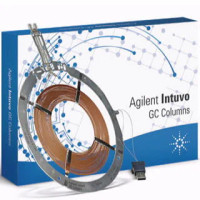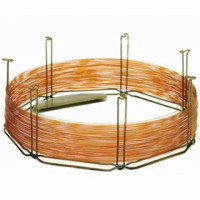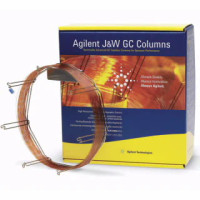DB-1

Standard Polysiloxane GC Columns
Agilent J&W DB-1 columns are industry-trusted nonpolar GC columns designed for broad, general-purpose chromatographic applications requiring high thermal stability, low bleed, and consistent retention behavior. Built on a 100% dimethylpolysiloxane stationary phase, DB-1 provides predictable, highly reproducible separations across a wide range of volatile, semi-volatile, and non-polar analytes. Its simple and robust chemistry makes it a versatile workhorse for laboratories performing routine GC and GC/MS analyses.
With high upper temperature limits and ultra-low bleed characteristics, DB-1 supports strong mass spectral integrity and stable baselines even in demanding GC/MS applications. The bonded and cross-linked construction provides excellent durability, allowing solvent rinsing for maintenance and long-term performance under repeated temperature-programmed cycles. These attributes make DB-1 a reliable choice for environmental testing, petrochemical analysis, forensics, chemical QC, flavor and fragrance profiling, and general analytical workflows.
As an equivalent to USP Phase G2, DB-1 aligns with regulated and compendial methods, ensuring compatibility for pharmaceutical and industrial compliance testing. Its nonpolar selectivity allows analysts to achieve clean, symmetrical peak shapes and consistent retention times across a wide variety of sample types—making DB-1 an excellent “first-choice” column for routine GC method development and transfer.












